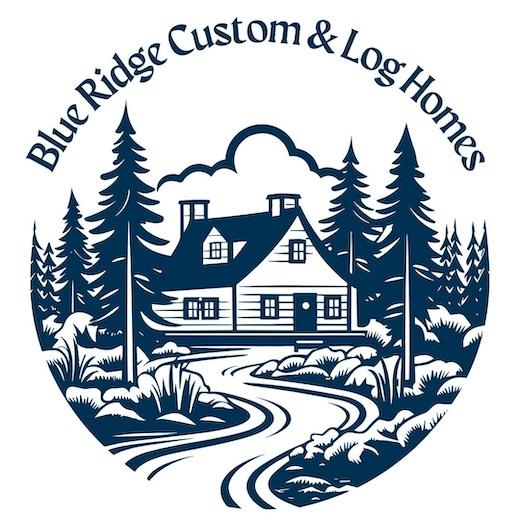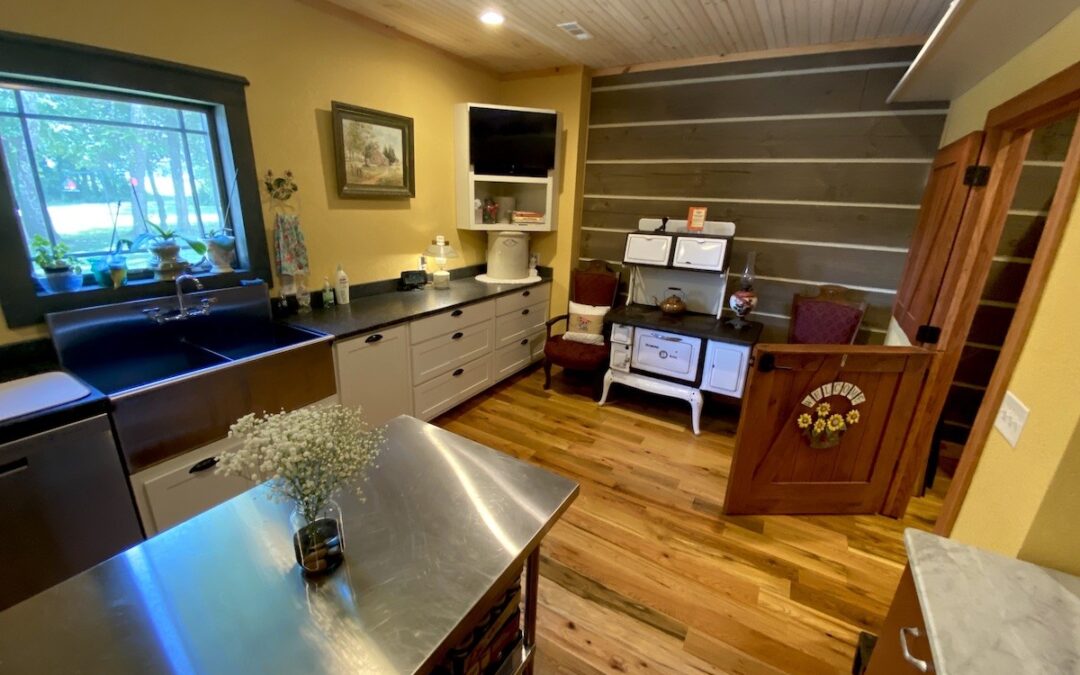For homeowners looking to turn their passion for cooking or baking into a business, a second kitchen designed for commercial use can be a game-changer. Whether it’s for baking specialty cakes, preparing meal kits, or making homemade jams, having a dedicated space for food production can enhance efficiency and meet regulatory requirements. However, building a home-based commercial kitchen involves several key considerations to ensure compliance, functionality, and long-term success.
1. Local Zoning and Health Regulations
Before making any design plans, homeowners should research local zoning laws and health department regulations. Some municipalities restrict commercial food production in residential areas, while others require specific permits. Additionally, most health departments enforce regulations regarding food safety, storage, and preparation. It’s crucial to consult with local authorities early in the planning process to avoid costly modifications later.
2. Design for Efficiency and Workflow
A well-designed commercial kitchen maximizes workflow efficiency and adheres to food safety standards. Key elements to consider include:
- Separate Work Zones – Designate areas for food prep, cooking, cooling, and packaging to prevent cross-contamination.
- Adequate Ventilation – Proper ventilation systems help control odors, humidity, and heat, creating a more comfortable working environment.
- Plumbing and Drainage – Install appropriate sinks for handwashing, food prep, and dishwashing, as required by health codes.
- Easy-to-Clean Surfaces – Use stainless steel countertops and commercial-grade flooring to facilitate sanitation and durability.
3. Equipment Selection and Power Needs
A commercial-style kitchen requires specialized equipment, which may demand higher power capacity. Consider the following:
- Appliances – Heavy-duty ovens, mixers, refrigerators, and freezers should meet the volume needs of the business.
- Electrical Load – Additional circuits or a panel upgrade may be necessary to accommodate high-powered kitchen equipment.
- Backup Power – If food production is crucial, installing a backup generator can prevent losses due to power outages.
4. Storage and Organization
Keeping ingredients and packaging materials properly stored is essential for efficiency and food safety. Plan for:
- Dry Storage – Shelving units should be made of easy-to-clean, non-porous materials.
- Cold Storage – Separate refrigerators and freezers may be necessary to maintain proper temperatures for different food items.
- Labeling and Inventory Management – Organizing ingredients with a clear labeling system ensures freshness and compliance with food safety regulations.
5. Compliance with Commercial Kitchen Standards
Even if a second kitchen is built within a home, it may need to meet commercial standards to pass inspections. Some considerations include:
- Handwashing Stations – Dedicated sinks for handwashing are often required by health departments.
- Sanitation and Waste Disposal – A commercial dishwasher, proper trash disposal, and grease traps may be required.
- Fire Safety – Install commercial-grade fire suppression systems if using high-heat equipment.
6. Business Licensing and Insurance
Operating a food-based business from home requires proper licensing and insurance to protect both the homeowner and consumers. Steps to take include:
- Obtaining Business Permits – Check with state and local agencies for the necessary permits to legally sell food.
- Liability Insurance – Product liability and business insurance can provide financial protection in case of an issue.
- Tax Considerations – Consult with an accountant to understand tax implications and potential deductions for a home-based business.
7. Accessibility and Delivery Logistics
If customers or delivery services will be picking up orders from the home, consider ease of access. A separate entrance for the commercial kitchen can maintain privacy and improve operational flow. Additionally, consider shipping logistics if products will be sold online—investing in quality packaging and working with reliable shipping providers is key to customer satisfaction.
Final Thoughts
Building a second kitchen for a home-based food business is an exciting venture, but careful planning is essential to ensure it meets health and safety regulations, supports efficient workflow, and aligns with business goals. By working with experienced designers and contractors, such as Blue Ridge Custom & Log Homes, homeowners can create a functional and compliant kitchen space that helps their culinary business thrive.

